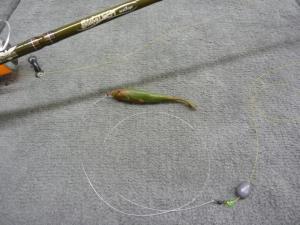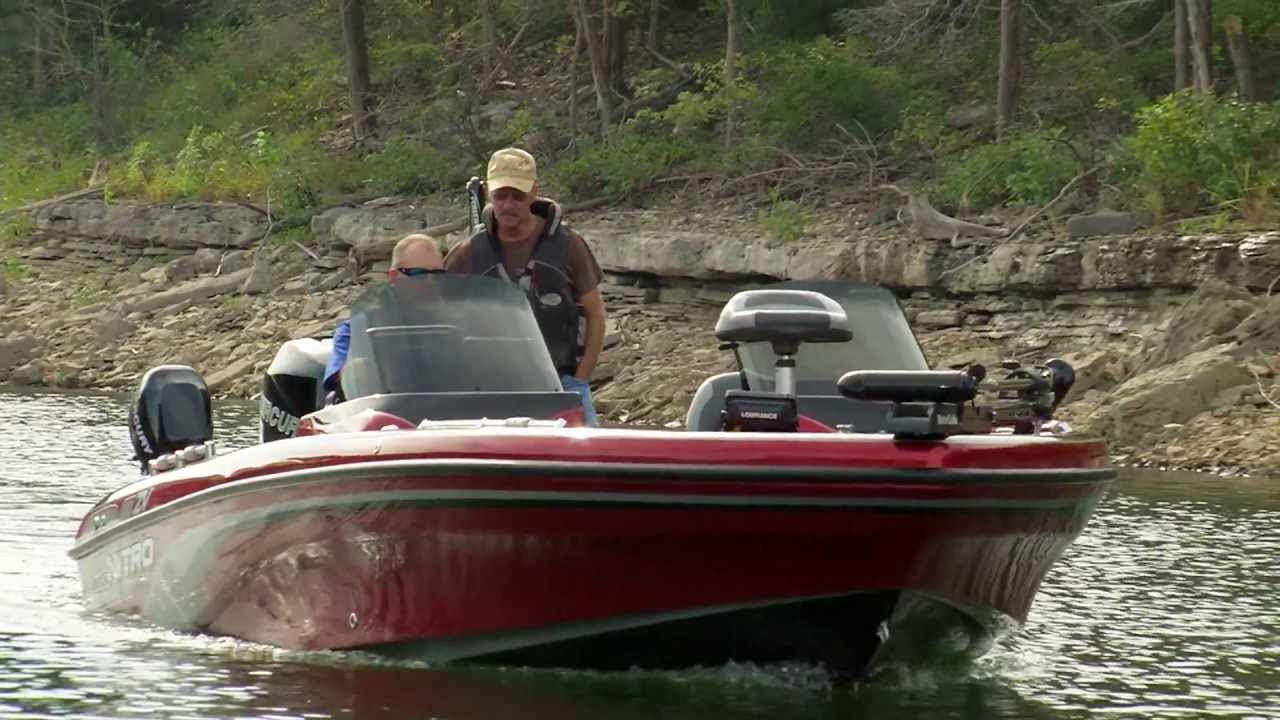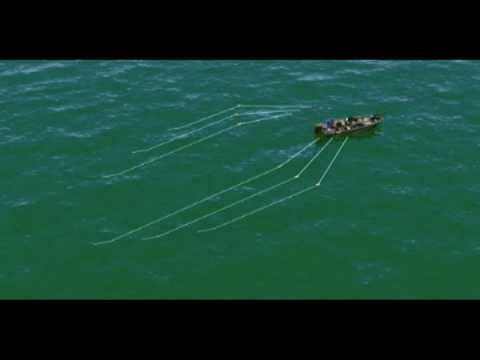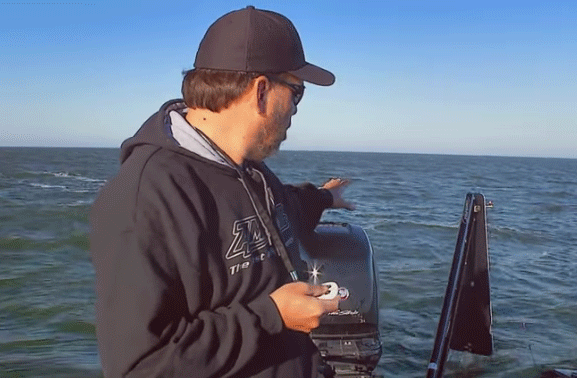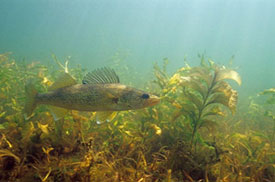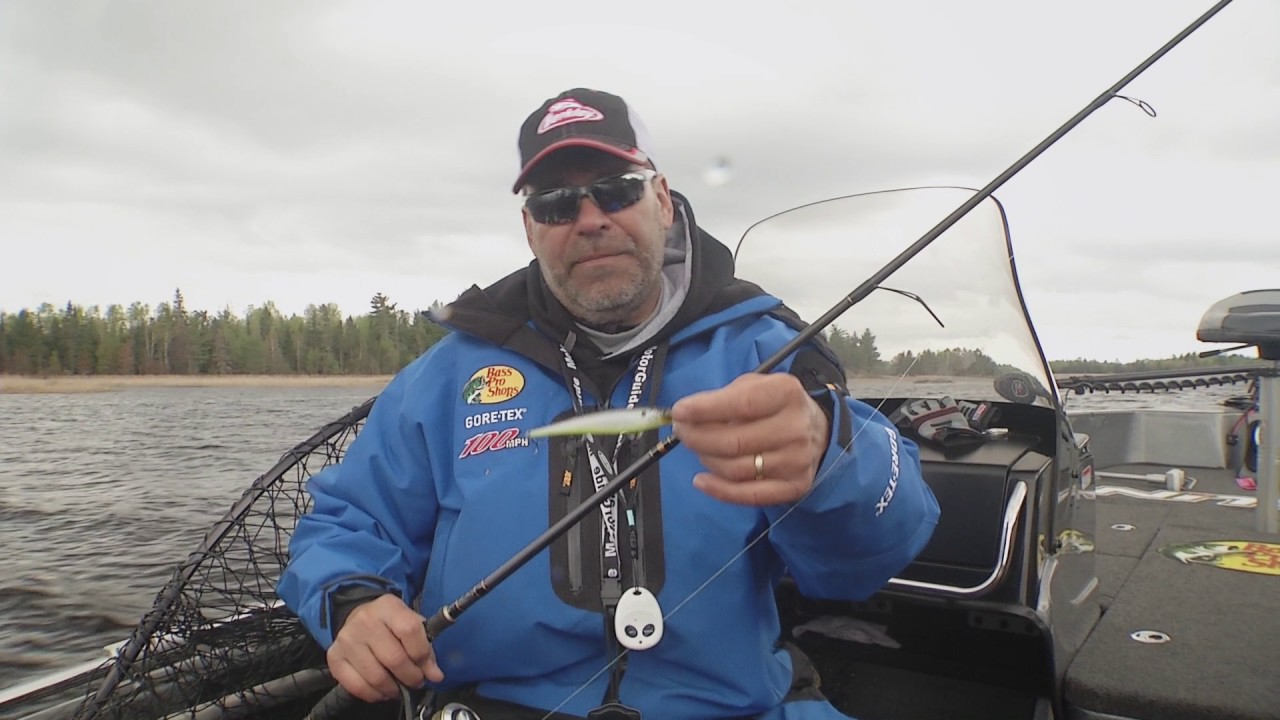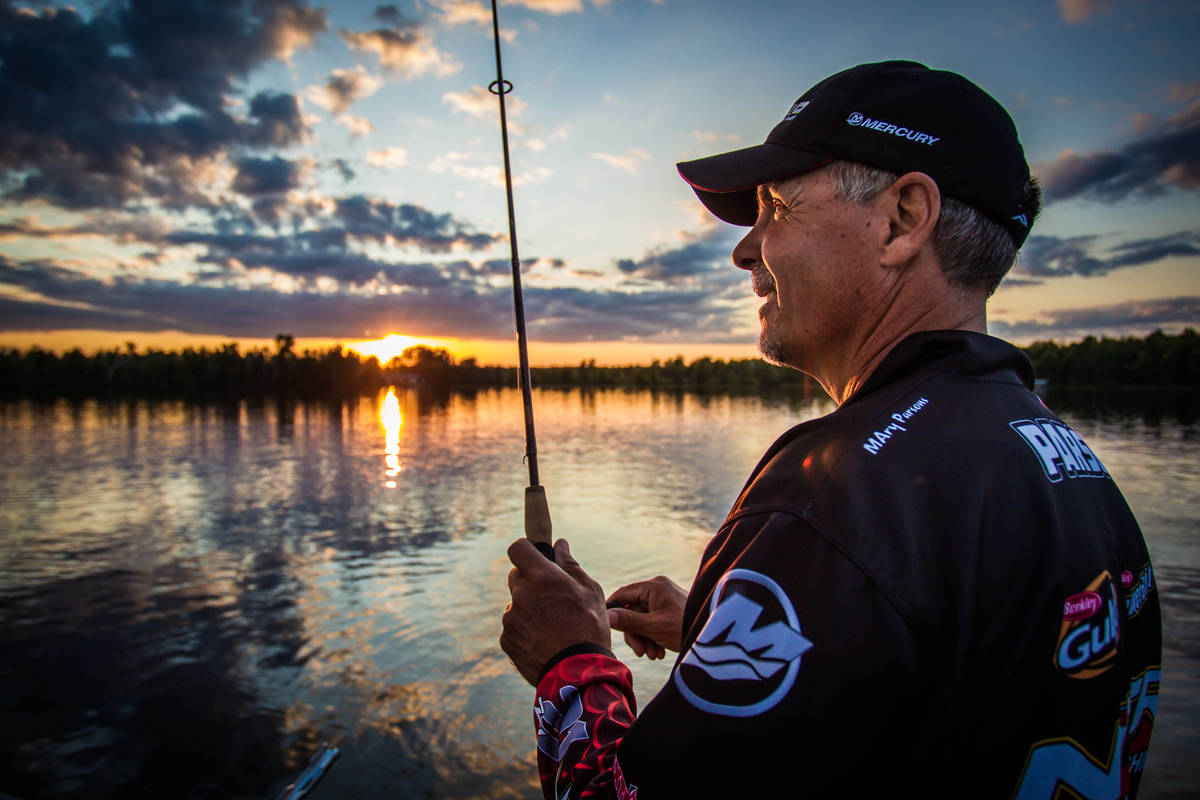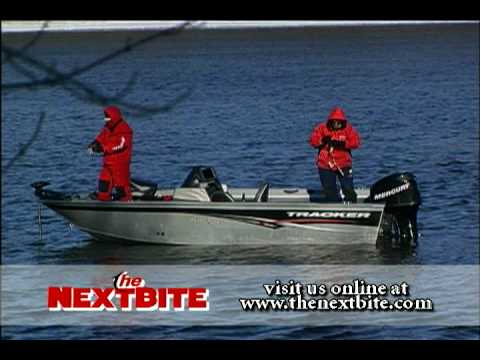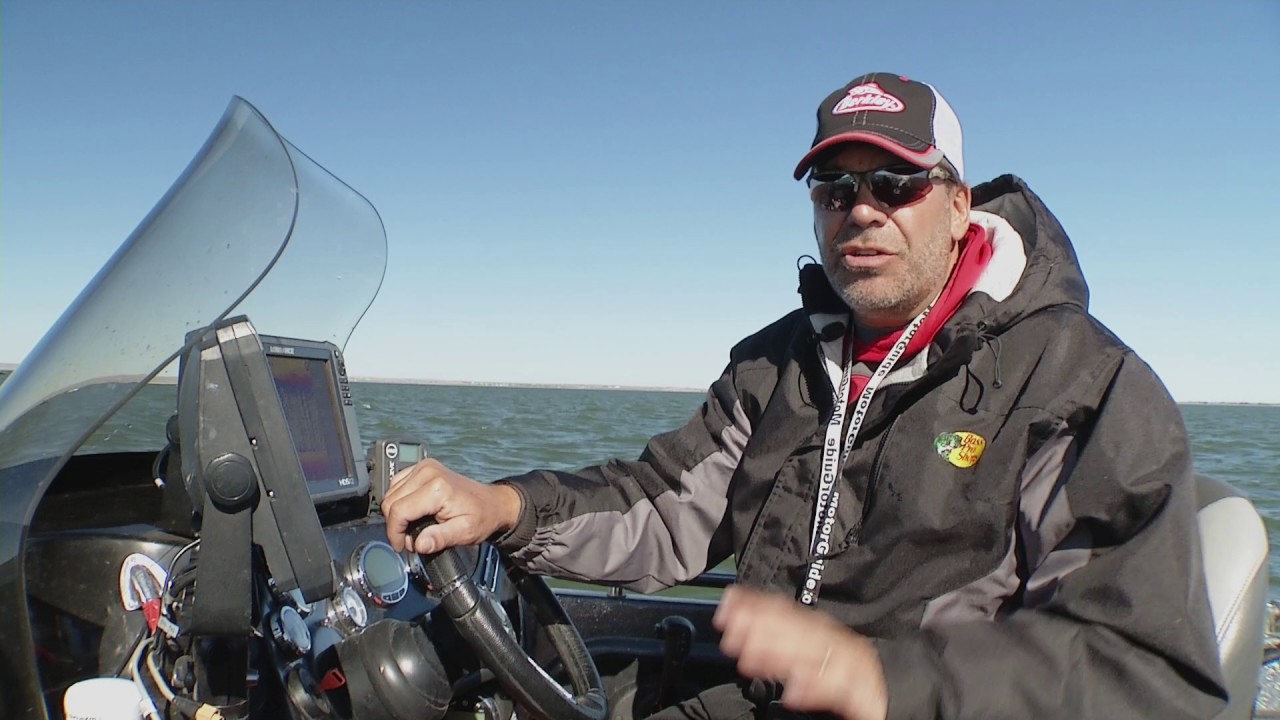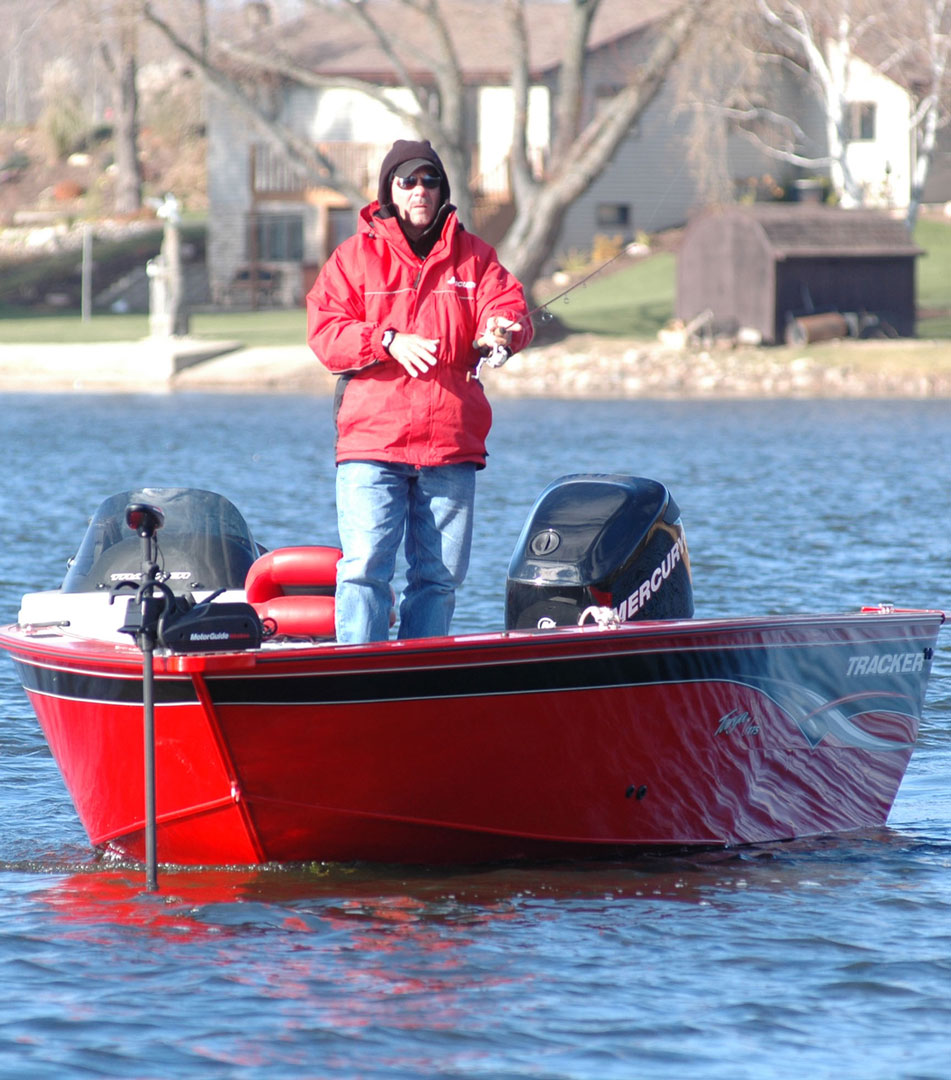 Pitching Jigs is best used when fish are in shallow water areas (8 feet or less) – referably in under 4 feet. Boat positioning is critical as you do not want to make long casts. Instead, make short precise “pitches”. Small (1/8 ounce or less) jigs are important because they allow the fish to “suck” the jig and bait completely into their mouth for better hooking percentages.
Pitching Jigs is best used when fish are in shallow water areas (8 feet or less) – referably in under 4 feet. Boat positioning is critical as you do not want to make long casts. Instead, make short precise “pitches”. Small (1/8 ounce or less) jigs are important because they allow the fish to “suck” the jig and bait completely into their mouth for better hooking percentages.
Total Solutions Technique
With a short cast (or pitch) throw you lure to the target location. Hold the rod at the 11:00 position and watch the line as the jig drops to the bottom. When the jig contacts bottom, the line will indicate this by sagging downward. Reel down to 9:30 then lift the rod tip so that the jig lifts off the bottom between 3 and 6 inches. While lifting, if you feel any weight or mushiness, immediately set the hook. Once the jig is lifted, hold your rod still allowing the jig to swing towards you until it again hits the bottom (line will sag again). While the jig is swimming towards you, if you see the line twitch or feel a “tick” – that’s a bite – immediately set the hook. This technique is especially deadly for targeting specific spots in cover such as rocks, wood, weeds or current breaks.
Total Solutions Equipment
Professional fisherman Keith Kavajecz makes these recomendation for jig pitching equipment. For a rod, try a 6 to 7 foot, medium light action, high modulus graphite spinning rod. The rod should feature a fast taper meaning it has a softer, more flexible tip section for ultimate sensitivity and shock absorbtion for fighting fish, but sports a strong backbone for good hook sets and handling larger walleyes. Team this up with a compact, light weight spinning reel. You’ll appreciate a light and well balanced combo because it will not tire you out over the course of a long day of fishing.
Line is a critical component for this technique. For beginners, use 6 pound Berkley FireLine in Flame Green color. It is no stretch, so it will be easy to feel the bottom, more importantly feel the subtle differences in your jig to signal a bite. The Flame Green is highly visible – many bites are detected by seeing the line twitch or move above the water. The thin diameter of 6 pound FireLine (equivalent to 2 pound diameter mono) will not “bow” as much in windy conditions giving you direct contact with the jig. As you become more skilled at feeling bites and setting the hook, you may want to go with a low-stretch line like Berkley Trilene Sensation. Most feel is retained, like with FireLine, however, there is some stretch so jigs are not so easily pulled away from fish with quick hook sets. Most fishermen will never need another line, Sensation will be perfect. In shallow, fairly calm conditions a 1/16 ounce jig should be used. For slightly deeper or windy conditions, switch to a 1/8 ounce jig.
Stay with short flexible tails that mimic live bait. The 3″ GULP! Minnow, and 3″ GULP! Fry are good choices. Natural colors are best in clear water, like Smelt, Pumpkinseed and Black Shad. For dingy water, go with brighter colors like Chartreuse and Firetiger.
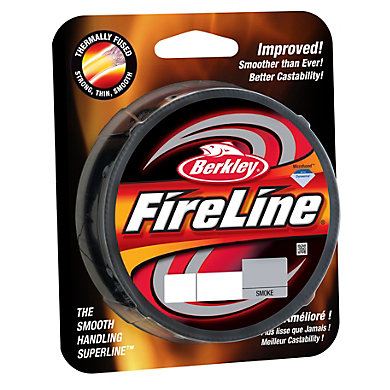 Berkley® FireLine® |
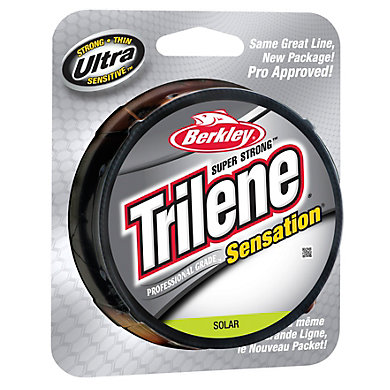 Berkley® Trilene® Sensation® |
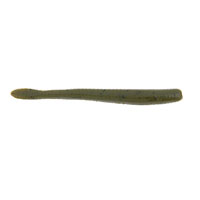 Berkley® 3 inch GULP!® Fry |
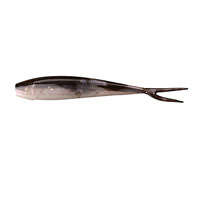 Berkley® 3 inch GULP!® Minnow |

